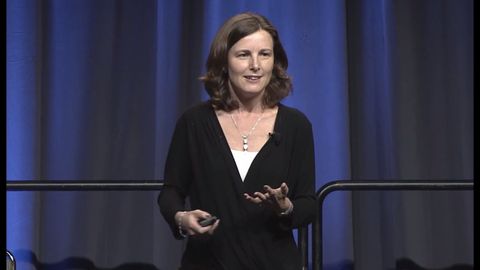
Subtitles & vocabulary
Google I/O 2014 - Design principles for a better mobile web
00
Qianhui Rao posted on 2015/11/09Save
Video vocabulary
experience
US /ɪkˈspɪriəns/
・
UK /ɪk'spɪərɪəns/
- Countable Noun
- Thing a person has done or that happened to them
- An event at which you learned something
- Noun (Countable/Uncountable)
- Knowledge gained by living life, doing new things
- Previous work in a particular field.
A1TOEIC
More people
US /ˈpipəl/
・
UK /'pi:pl/
- Noun (Countable/Uncountable)
- Persons sharing culture, country, background, etc.
- Men, Women, Children
- Transitive Verb
- To populate; to fill with people.
A1
More kind
US /kaɪnd/
・
UK /kaɪnd/
- Adjective
- In a caring and helpful manner
- Countable Noun
- One type of thing
A1TOEIC
More form
US /fɔrm/
・
UK /fɔ:m/
- Noun
- Sports team or person's current winning record
- Document you complete when making an application
- Transitive Verb
- To organize something such as a club or group
- To develop; to come into a shape or substance
A1TOEIC
More Use Energy
Unlock All Vocabulary
Unlock pronunciation, explanations, and filters
